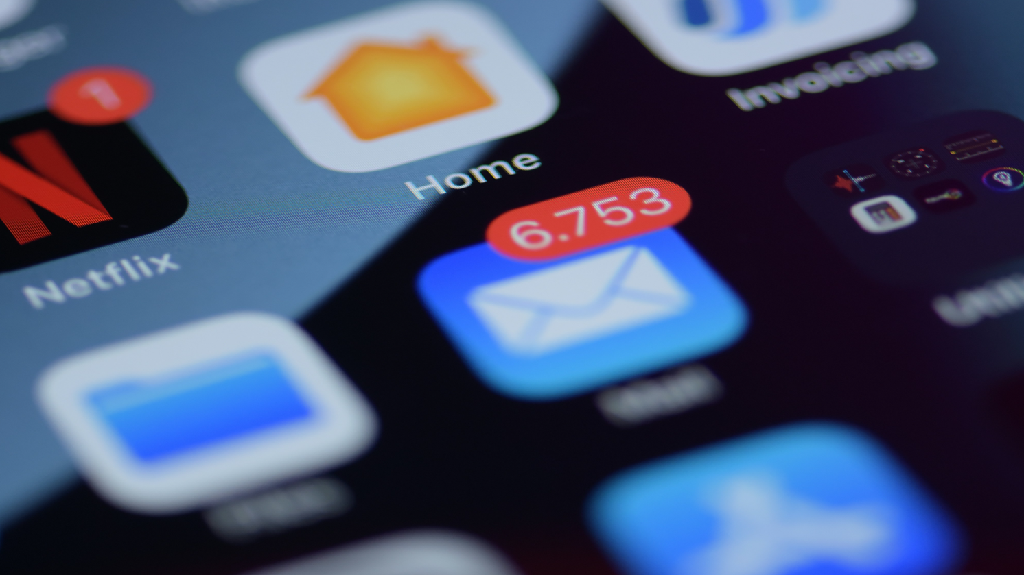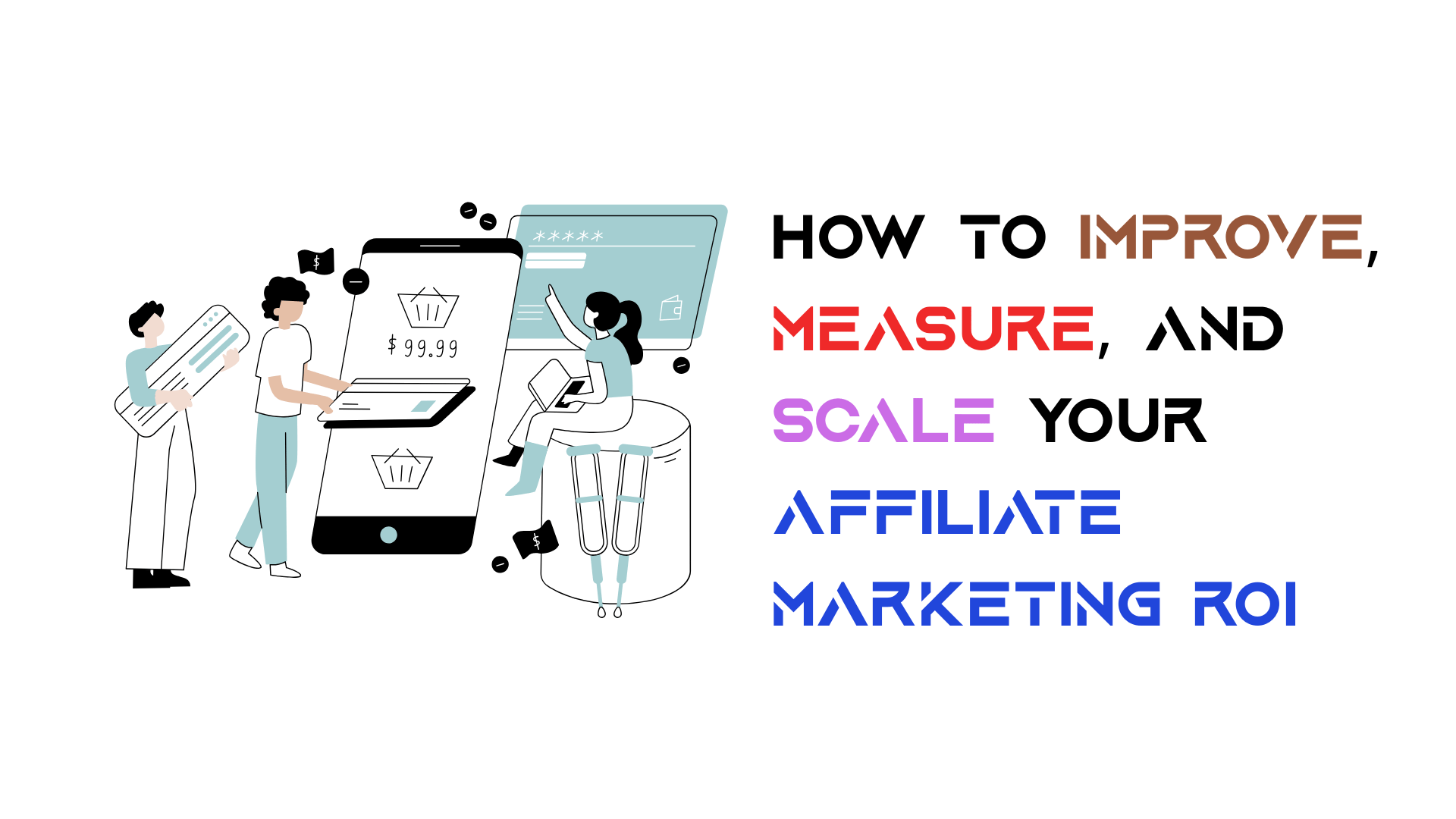A Guide To Email Copywriting For Your Next Campaign
Your copy is the heart and soul of your email campaign. It’s your copy that will drive your email list subscribers to action. These actions may range from them availing of a discount, making a purchase, or simply reading your most recent blog post.
But how do you write compelling email copy?
4 Reasons Your Email Copy Is Not Working
For you to know how to write good email copy, you need to avoid email copywriting mistakes in the first place. Poor-performing marketing emails have the characteristics below:
The Skittles website uses a more casual language tone and a quirky website design. That’s because its audience is composed of younger people who relate to the jargon and the website look.
The TexTech website, meanwhile, uses a more serious language tone and a formal industrial web design. The reason? It caters to professionals who respond better to a more formal tone and a serious website look.
You need to follow the same approach when creating your emails to ensure your messaging is effective. So, know your target audience first, just like the two websites did. To understand your target customer for effective email marketing, create a persona, a fictional representation of your ideal buyer. Similarly, just as preparing for a certification exam like the AI certification practice test requires understanding the concepts and targeting the right areas for success, email marketing demands a clear understanding of your audience to tailor your message effectively.
You can gather the details you need for your customer persona with surveys and analytics tools. The more detailed your persona, the better you can tailor your email copy and design to their preferences.
2) Boring Subject Lines
Email subject lines are the first thing your email recipients will see when they receive your newsletters. You may have an engaging body, but people won’t read your content if you don’t get them to open your email. Utilizing Writing Assistant can help you craft captivating subject lines that grab your recipients' attention.
Here are a few tips for creating an interesting subject line:
- Keep your email subjects short: You want your subject line to have fewer than 40 characters. The goal is to ensure your subject line is not truncated.
- Conversational: You want a subject line that seems friendly and approachable.
- Personal: Many email marketing tools allow you to add dynamic fields to your subject line. That means you can do things like add someone’s name.
- Use emojis: Don't be afraid to use emojis to make your subject line stand out and appear engaging.
As a final tip, make sure your subject lines provide enough insight about the entire email. However, they shouldn’t give too many details either. You still want to encourage recipients to open the email and determine other relevant details in the first place.
If you run out of email subject line ideas, you can use generative AI to help you. You just need to insert the right prompts, and the tool can give you a list of engaging email subject lines to choose from.
3) Poorly Written Email Copy
You want the copy you write to be free from grammatical errors and spelling mistakes. It should also showcase your brand personality consistently.
You can use a grammar checker to spot errors, or an online word changer to rewrite existing text and make it sound smoother. Have an editor or colleague review the email afterward. Ultimately, constructive feedback will help you write better emails.
To ensure your copy showcases your brand personality, spend time creating a style guide. The style guide should detail the words you can and cannot use in your emails based on your brand identity.
Appsumo is a great example of a company that follows a consistent set of rules when writing emails.
Their emails are always informal and fun, reflecting the brand’s edgy brand personality. Consistency also helps ensure brand recognition.
4) Too Many Or Unclear CTA
Every email you send should have a clear purpose. That means you should have, as much as possible, one goal per email. That goal could be getting people to make a purchase or sharing information about your company or blog post. Then, craft a call-to-action copy that best encapsulates your defined goal.
For instance, if the goal of your email is to get your recipient to read your new blog post, your CTA could be something as straightforward as “Read Article Now.” Vague CTAs like “Click Here” won’t do.
But it’s not enough for your CTA to be concise. You need to make sure it stands out in your email, too.
So, make sure your CTA contrasts with the background. The email above is an excellent example of this. Notice Dunkin’s email CTA – “Find A Store” — which is in bright pink.
5)Email Copywriting Formulas For High-Converting Copy
There are many high-converting copywriting formulas you can use for your emails. Here’s a list of some of the best email copywriting strategies to help you engage and sell to your audience.
1. AIDA (Attention – Interest – Desire – Action)
The AIDA method aims to capture the initial attention of a user and uses that window of attention to pique their interest further. It’s great for sales emails.
Under the AIDA method, an email can be divided into different components:
- Attention: The attention portion may include an interesting statistic, a weird fact, or a statement that personally addresses the recipient.
- Interest:This is where you retain your reader’s interest
- Desire:Now, you need to create that desire for your product or service.
- Action: Finally, you ask people to take action. That normally involves getting people to click on a link in the email.
Now let’s look at what an AIDA email template would look like:
Notice that the subject line and first sentence after the salutation surprise the reader with thought-provoking health facts. That is the Attention portion. The Interest portion provides insight.
The Desire section gives the reader an actionable idea. Then, the Action portion tells the reader to act on this new knowledge — in this case, by purchasing a high-end jump rope.
2. FAB (Features – Advantages – Benefits)
The FAB technique is a fantastic way to sell a product when paired with other email structures. You may use this structure when you describe your product – for example, during the Action portion of the AIDA structure.
Here’s an overview of the elements of FAB:
- Features:List the features of the product or service offering
- Advantages: Discuss the advantages of the product or service offering.
- Benefits:Show how the person would benefit from purchasing the product or service.
Here’s a nice example of the FAB copywriting framework.
The FAB copywriting technique can be utilized by SaaS brands to craft effective campaigns.
3) 4 Cs (Clear – Concise – Compelling – Credible)
The four Cs are more of a checklist than an email structure. This technique maintains that your email should be clear, concise, compelling, and credible.
What does each of the four Cs mean?
- Clear: The email copy should be easy to read by your target market.
- Concise: Don't make your email longer than it should be. Concise copy is often more engaging than longer emails. Ideally, your email should be between 50 and 125 words.
- Compelling: Your email copy should provide valuable information that prompts your readers to take action.
- Credible:You want to be a trusted source of information. You can establish credibility by writing with a confident tone, avoiding phrases such as "I guess," or "I think."
Check your final email against the four criteria above and make the necessary adjustments before hitting “Send.”
4) PAS (Problem – Agitate – Solve)
Another way to get people's interest in your email is by introducing the problem first. This is the essence of the PAS framework.
The formula goes like this:
- Introduce a problem: Consider the product or service you are selling. Pick an issue related to your offering that you know gets your audience frustrated.
- Agitate:Double down on the problem and the frustrations that people face.
- Solve the problem:Introduce your brand or the product or service offering that solves this issue.
By using this approach, you can bring your audience closer to making a purchase decision.
Here’s an example of the PAS framework when applied:
Source
The PAS formula is effective because it makes the reader aware of the gravity of the problem they’re facing.
5) BAB (Before – After – Bridge)
The BAB technique is a great framework for writing customer testimonials.
This template aims to inspire the recipient. It’s a “they were able to do this thing so you can do it, too” type of thing. Here are the framework’s critical components:
- Before:The Before section describes a scenario before the product or service offering. For example, you might have had to wait for hours to catch a bus to town.
- After:The After section describes the situation once you have the solution. For example, now that you have a car, you no longer have to wait for hours to drive to town.
- Bridge:The Bridge is how you get from the Before situation to the After situation. Essentially, it’s the product or service you are selling. In this case, it would be the car.
Of course, for this framework to work, you need to make sure your recipient understands your bridge in the first place. So, use clear and concise language.
Check out the sample email above. The bridge copy is straight to the point but detailed enough for readers to understand. It doesn’t just mention Crunch & Fitness in passing. It describes what it is and what it does that helped ensure the “unmotivated employees” got to the After scenario.
Once you’ve highlighted your product or service as the key to your email reader’s “happiness,” show them that call-to-action that gives them access to this “wonderful product.”
In Closing
Email marketing can help you nurture your relationships with consumers so you can ultimately turn them into paying customers. But you still need to know how to do it the right way.
In other words, among many other things, email copywriting is key.
You learned from this article why email copy doesn’t work sometimes. Maybe you have the wrong email language and design or your subject lines are boring. Or maybe your copy is full of grammatical errors and doesn’t reflect your brand personality. Perhaps your CTA is unclear.
Whatever the reason, you can fix these mistakes by researching your audience, writing shorter and more compelling subject lines, and checking and editing your email. You can also choose clear CTAs based on your email’s single goal.
Use the email copywriting frameworks I gave you to help you write better emails, too. Whether it’s AIDA, FAB, Four Cs, PAS, and BAB you’re using, or a mix of those, you can expect excellent email marketing results.















